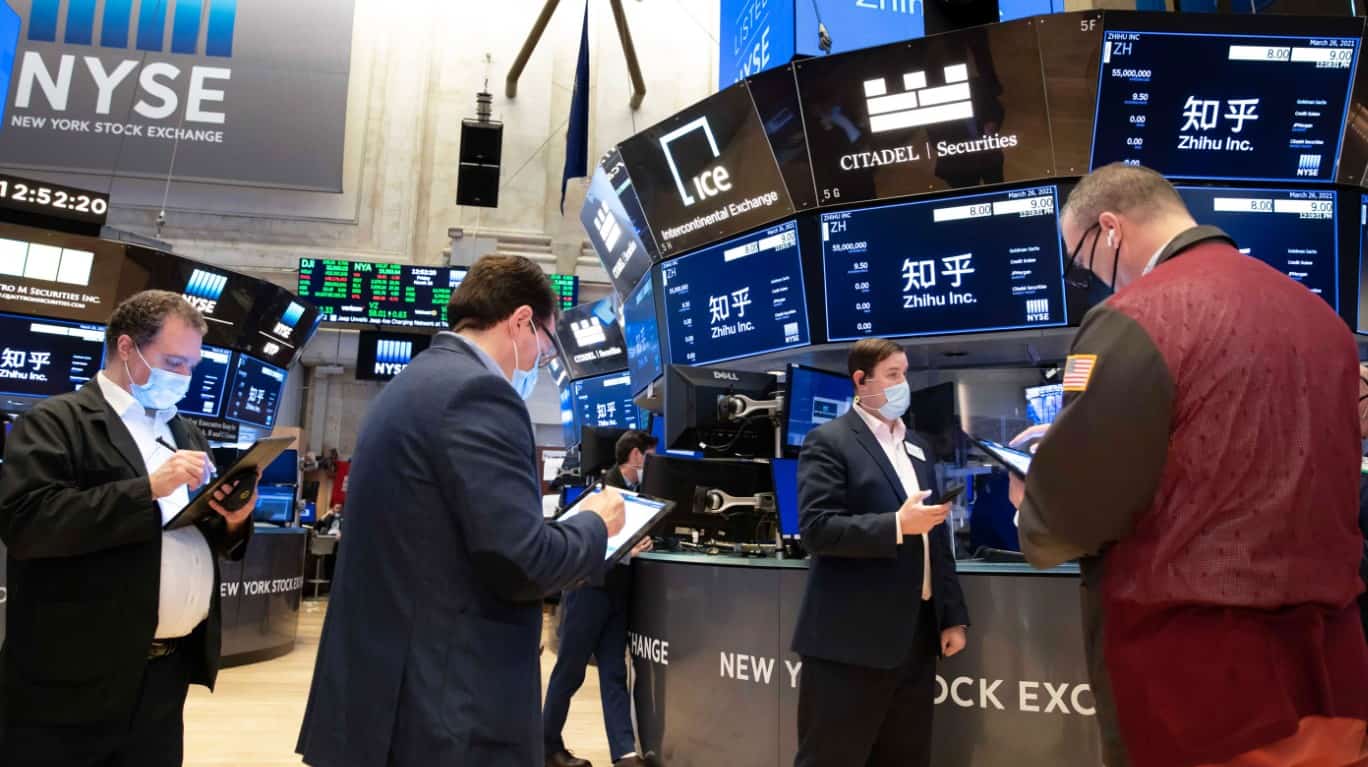Long-term U.S. Treasury yields ebbed lower on Friday as investors continued to take in the Federal Reserve’s heightened inflation expectations and sooner-than-expected rate hike projections.
The yield on the benchmark 10-year Treasury note fell 7 basis points to 1.441% at 4:00 p.m. ET. The yield on the 30-year Treasury bond shed 8.6 basis points to 2.015%. Yields move inversely to prices. One basis point is 0.01%.
The short end of the yield curve was mostly higher, continuing a move seen after the Fed’s actions Wednesday. The 2-year Treasury yield was up by 4.3 basis points to 0.256%.
Long-term yields fell even after the Fed raised its inflation expectations on Wednesday. The Fed also indicated that an interest rate hike could come as soon as 2023, after saying in March that it saw no increases until at least 2024.
Short-term yields have gained after the Fed’s update and long-term yields have declined in a so-called flattening of the Treasury curve. This reflects expectations for the Fed to eventually raise short-term rates, while economic growth slows over the long-term.
Yields edged slightly higher on Friday after St. Louis Fed President James Bullard told CNBC that he forecasts an initial interest rate increase happening in 2022.
“We’re expecting a good year, a good reopening. But this is a bigger year than we were expecting, more inflation than we were expecting,” the central bank official said on “Squawk Box.” I think it’s natural that we’ve tilted a little bit more hawkish here to contain inflationary pressures.”
Bullard is not a voting member of of the Federal Open Market Committee for 2021, but the St. Louis Fed president serves as an alternate member.
In a note sent to CNBC on Thursday, Kleinwort Hambros chief investment officer Fahad Kamal said that based on the Fed’s policy update and Chairman Jerome Powell’s comments to the press on Wednesday, central banks still looked to “remain expansionary for now.”
He sees inflation as transitory in the short term, and expects it to move lower in 2022 as an aging population, supply-chain efficiency and technology-driven productivity gains “exert lasting disinflationary pressures.”

